Cannabinoid THC Dominant
THC 15.5 - 20%
CBD 4.92 - 5.8%
Effect Calm
Side Effect Fatigue
Flavor Ammonia
Canadian Strain - Legendary Cannabis From the Great White North
THC
CBD
Potency
The Canadian strain is often called the Canadian Kush strain or the Canadian OG strain. Being a hybrid, this marijuana is more tends to Indica. It is the result of a cross between Blackberry and Burmese. Despite the name, cannabis originates from Afghanistan and the United States. Users often look for this kush because of the movie "Canadian Strain."
Looks and Taste
These tiny buds look like a small fluffy spider. However, the pieces do not bite and have a pleasant surface. These are green buds with a purple hue and orange hairs. Terpenes create a mix of classic and berry flavors. Thus, phellandrene gives the weed its blueberry and peppery flavors. At the same time, many users note an expressive apple smell. But valencene gives marijuana a sharp taste of ammonium. Because of this, thick smoke acquires a pungent odor that causes coughing.
Canadian Strain Type of High
Even though the main cannabinoid is THC, which makes up 16-20%, the Canadian weed strain also contains CBD. Its rate reaches approximately 6% of the content at its maximum. Weedheads describe the high as a creeping, tingling sensation that profoundly relaxes the body. Users often become focused and more creative. Weed helps people become more social, but they can't stop laughing. Marijuana is also used for medical purposes to alleviate:
- Bipolar disorder
- Muscular dystrophy
- Stress
- Depression
- Hypertension
Side Effects
Beginners or people with low tolerance should be very wary of this cannabis. Marijuana is not at all recommended for those who are prone to paranoia. Thus, the most common side effects are:
- Dry mouth
- Fatigue
- Drowsiness
- Paranoia
How to Grow
Unfortunately, you are unlikely to be able to find this weed on the Internet or in a dispensary so easily. The rarity of marijuana and its unknown origin make weed quite a fortunate find. However, you can try to get clones of the plant. This small shrub, up to 60 inches, can grow indoors and outdoors. The flowering time takes from 10 to 11 weeks. You can harvest at week 12. With proper care, marijuana can reward you with up to 400 grams of buds per plant.
Side Effects
Simply let us know how this strain tastes or write a detailed review.
Canadian Strain Cannabinoids
| THC | Tetrahydrocannabinol, or THC, is a major cannabis chemical compound. It is a psychoactive element that stimulates dopamine release and induces euphoria or happiness. THC-rich strains may be helpful with such conditions as lack of appetite, chronic pains , etc. It is considered to be the primary active marijuana component. | 15.5 - 20% |
| CBD | Cannabidiol, or CBD, is a major compound in cannabis, which is non-psychoactive. It is also proved to counteract the side effects of the second major component THC. CBD is widely used for medicinal purposes in rubs, oils and so on. It is helpful in muscle pain cases, may treat arthritis and migraines. Even Greeks used it against pain, while Queen Victoria applied it to get rid of menstrual cramps. | 4.92 - 5.8% |
| CBC | Cannabichromene, or CBC, is a minor cannabinoid, meaning that its quantity in cannabis is quite little. Though it has the same origin as CBD and THC, it is different in functions. Without any psychoactive effects, it is an efficient cannabis compound in combating acne and depression. CBC produces analgesic, antibacterial and anti-inflammatory effects. | 0.14 - 0.53% |
| CBG | Cannabigerol, or CBG, is one of the minor cannabis compounds in adult plants. On the other hand, young ones contain a lot of this antibacterial and anti-inflammatory component. During the growth, CBG is converted into different cannabinoids, mostly THC and CBD. The compound itself increases appetite and decreases eye pressure. | 0.07 - 0.72% |
| CBN | Cannabinol, or CBN, is a trace element in cannabis that is considered to be mildly psychoactive. It appears from oxidation THC, exposed to light and heat. CBN is mostly contained in old cannabis and in traditional hashish. It is effective against insomnia, bacterial infections and appetite loss. | 0.03 - 0.23% |
| THCV | Tetrahydrocannabivarin, or THC-V, is a compound contained in cannabis in trace amounts. Even though it is close to THC molecularly, it is different in effects. This compound may be psychoactive only in large amounts. THC-V reduces blood sugar, controls appetite, stimulates bone growth, etc. African Sativa strains are the richest in THC-V. | 0.32 - 0.97% |
Canadian Terpene Profile
| Humulene | Humulene (also known as α-humulene) is one of the major terpenes found in cannabis, contributing to woody, earthy, spicy, herbaceous, and, mainly, floral aromas of cannabis. Used in modern medicine, humulene offers anti-inflammatory, antibacterial, and appetite suppressant effects, which have been well-researched by pharmaceutical companies. | 0.06% |
| Limonene | Limonene (also known as d-limonene) is the second most common terpene in nature and the third most common terpene in cannabis. It has a powerful citrus aroma and can be found in all citruses, including lemons, oranges, grapefruits, limes, juniper, etc. Limonene is known to elevate moods and provide anxiety, depression, and stress relief. | 0.11% |
| Valencene | Valencene is a terpene that got its name from Valencia oranges - a fruit where It's initially found. Valencene offers citrusy, sweet aromas, with flavors having notes of oranges, grapefruits, tangerines, and, occasionally, fresh herbs or freshly cut wood. Citrus aromas, frequently found in a wide variety of cannabis strains, are contributed to by valencene, which is known for anti-inflammatory and insect repelling properties. | 0.55% |
| Phellandrene | Phellandrene (also known as alpha- and beta-phellandrene) is one of the rare terpenes found in cannabis with antihyperalgesic and antidepressive properties. Phellandrene contributes to a minty, woody, and mildly citrus aroma in cannabis. Previously confused with limonene and pinene, phellandrene was eventually distinguished as a separate terpene common for eucalyptus. Also, it could be found in mint, dill, black pepper, cinnamon, parsley, pine, and lavender. | 0.28% |
| Total terpenes content | 1.00% |
Growing Info
Canadian strain lineage
Similar Strains
THC 14.77 - 13.33%
CBD 5.11 - 5.21%
Effect Happy
Flavor Sage
THC 15 - 22%
CBD 0.41 - 1.43%
Effect Talkative
Flavor Woody
THC 19 - 22%
CBD 0.37 - 1.26%
Effect Uplifted
Flavor Nutty
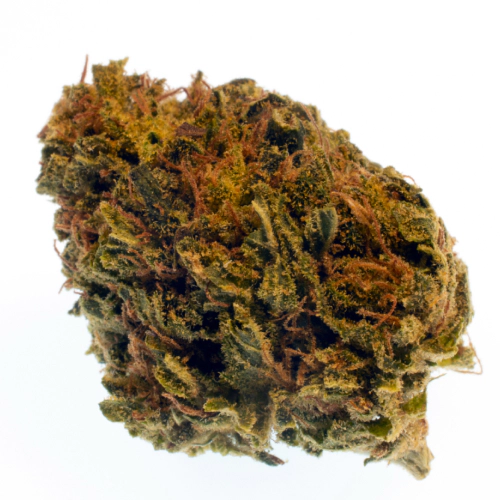
THC 20.25 - 22.25%
CBD 0.48 - 0.78%
Effect Euphoric
Flavor Sweet
THC 18 - 22%
CBD 0.7 - 0.94%
Effect Tingly
Flavor Spicyherbal
THC 17 - 20%
CBD 0.51 - 0.68%
Effect Creative
Flavor Earthy
THC 13.5 - 21%
CBD 0.05 - 0.91%
Effect Calm
Flavor Mint
THC 14.62 - 8.25%
CBD 0.24 - 0.57%
Effect Giggly
Flavor Pear
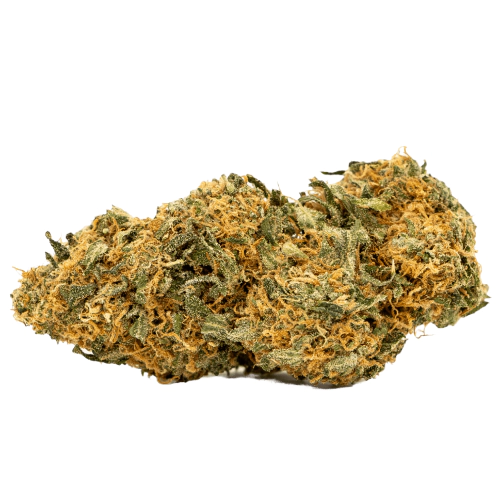
THC 14.33 - 18%
CBD 0.19 - 0.74%
Effect Sleepy
Flavor Pine
THC 4.38 - 2.88%
CBD 0.01 - 0.12%
Effect Aroused
Flavor Ammonia
THC 20 - 22%
CBD 1.07 - 1.35%
Effect Happy
Flavor Spicyherbal
THC 18 - 18.75%
CBD 0.43 - 0.87%
Effect Creative
Flavor Lavender
THC 14.62 - 20.07%
CBD 0.34 - 0.63%
Effect Tingly
Flavor Spicyherbal
THC 23.5 - 19.25%
CBD 0.24 - 0.36%
Effect Euphoric
Flavor Mango
THC 19 - 19%
CBD 1.08 - 1.37%
Effect Sedated
Flavor Sweet
THC 19 - 23%
CBD 0.48 - 0.76%
Effect Euphoric
Flavor Spicyherbal
THC 19.17 - 22.33%
CBD 0.25 - 0.79%
Effect Sleepy
Flavor Berry
THC 19 - 22.5%
CBD 0.16 - 0.95%
Effect Sleepy
Flavor Lime
THC 8 - 8%
CBD 0.99 - 1.11%
Effect Happy
Flavor Mint
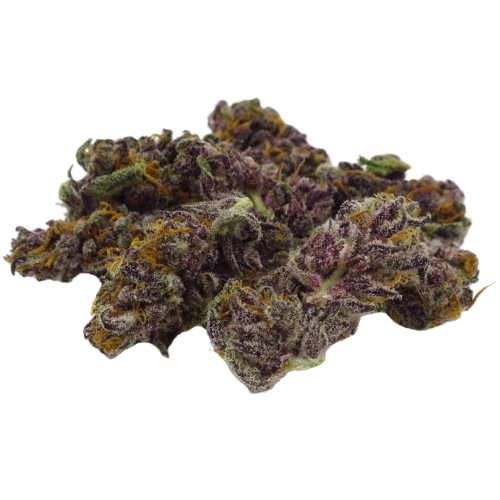
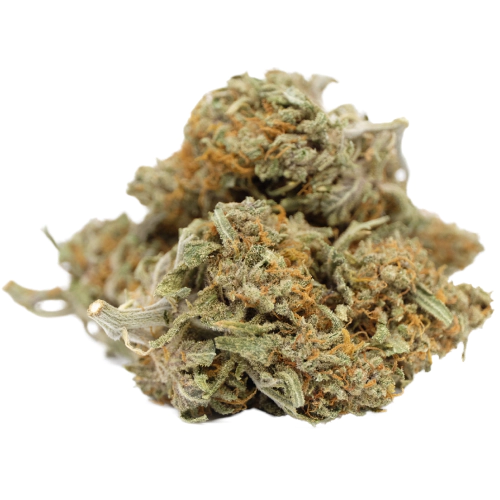
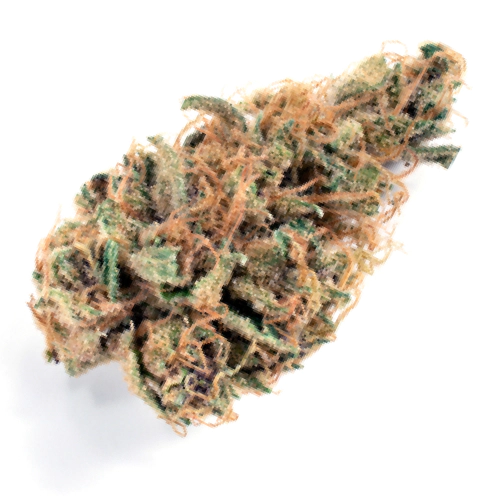
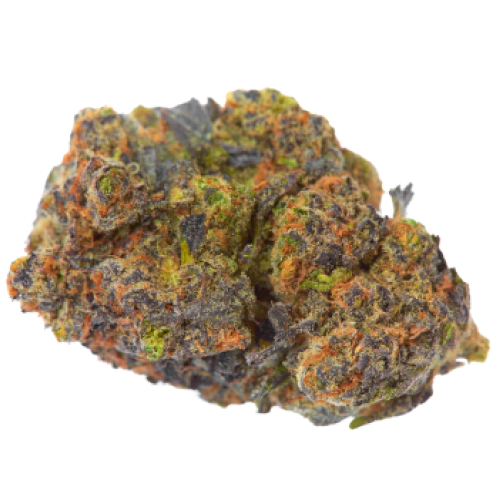
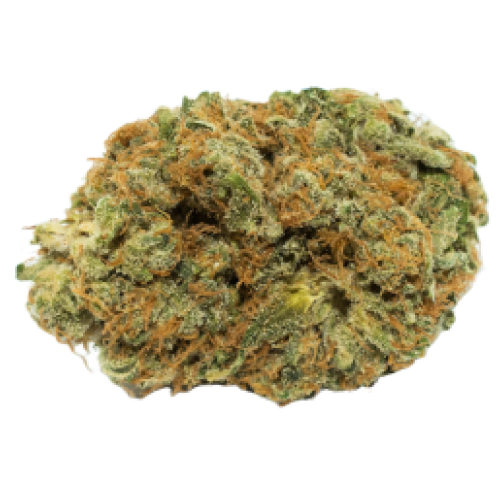
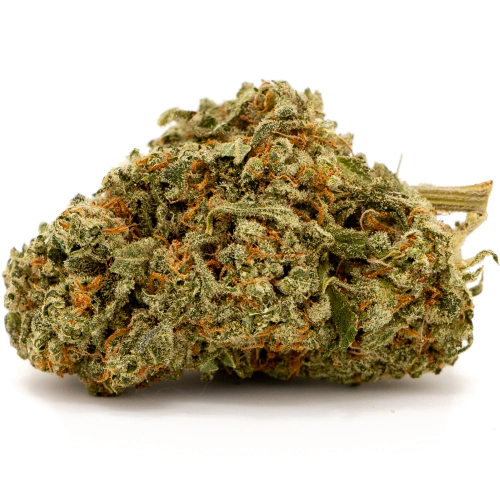
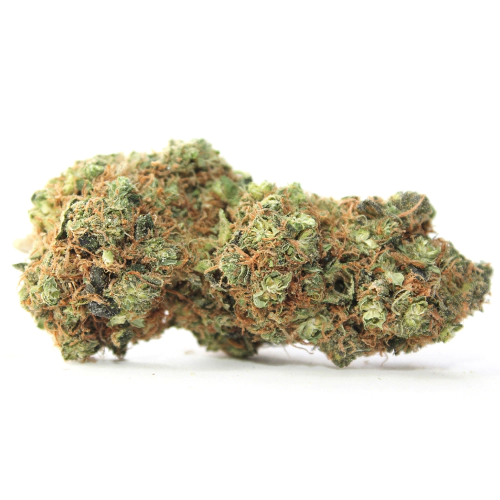
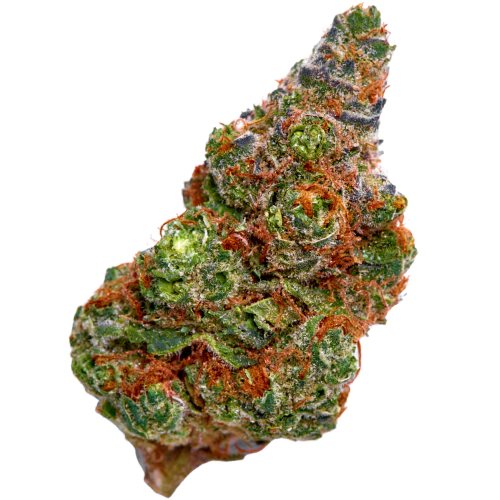
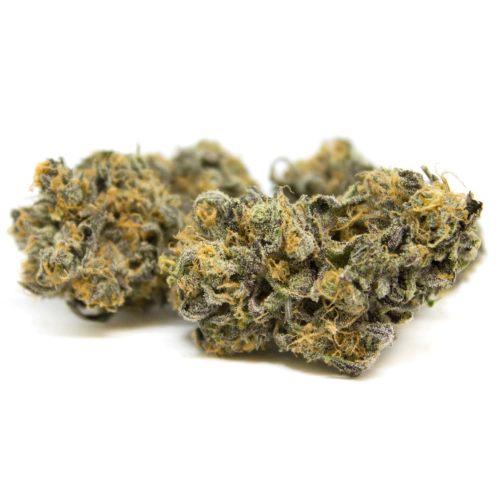
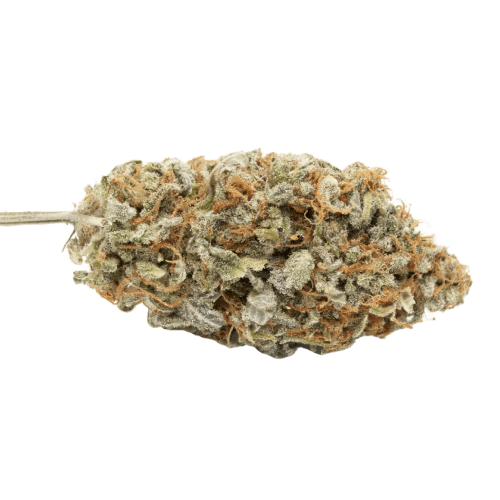
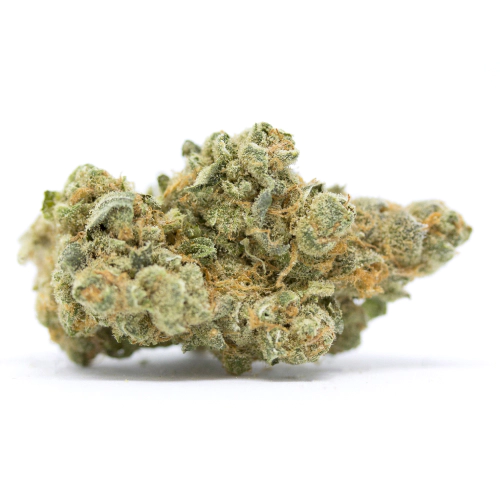
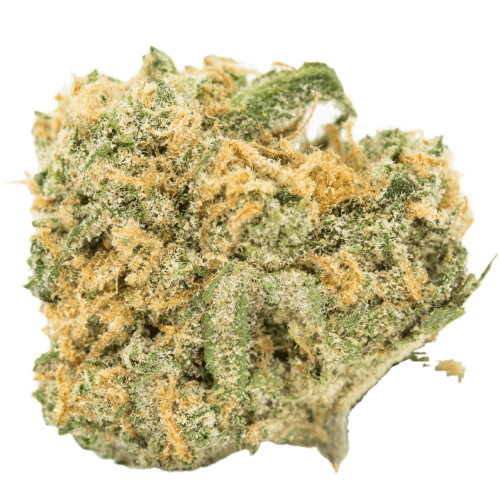
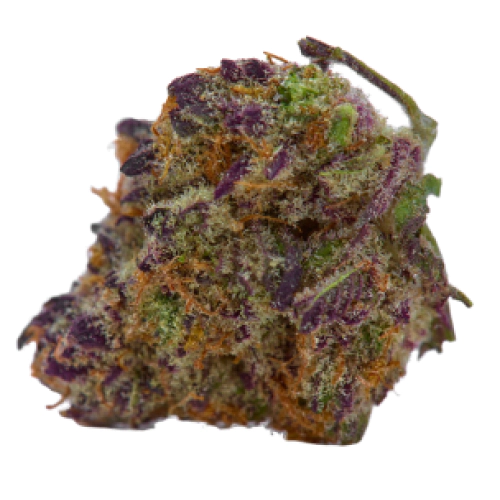
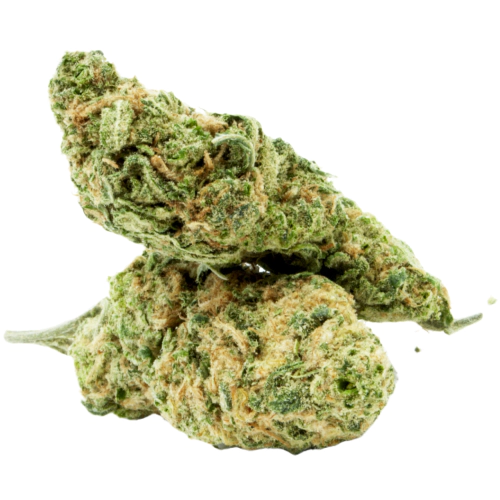
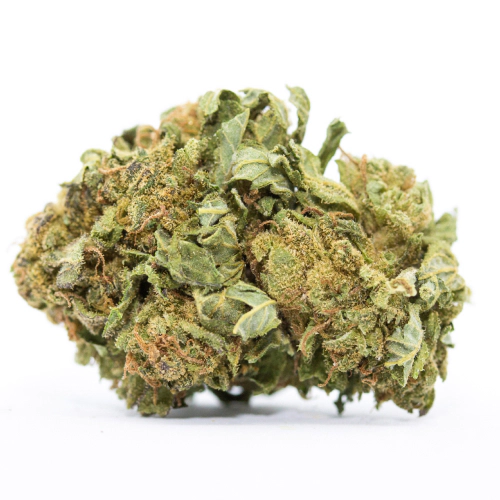
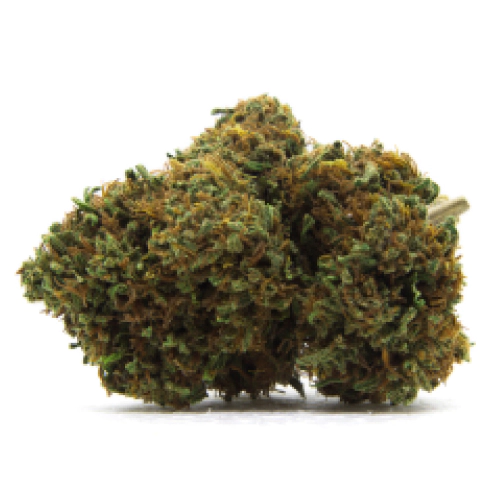
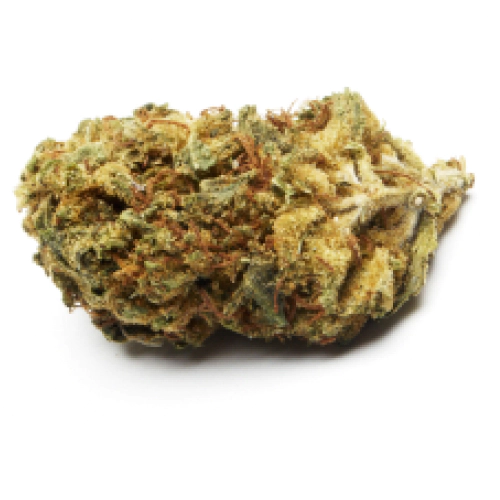
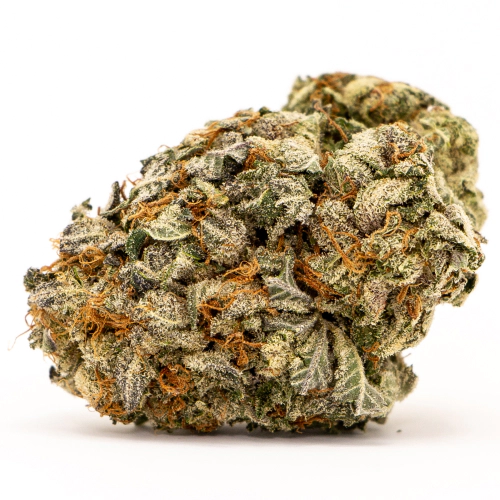
Be the first and share your opinion
Write a Review